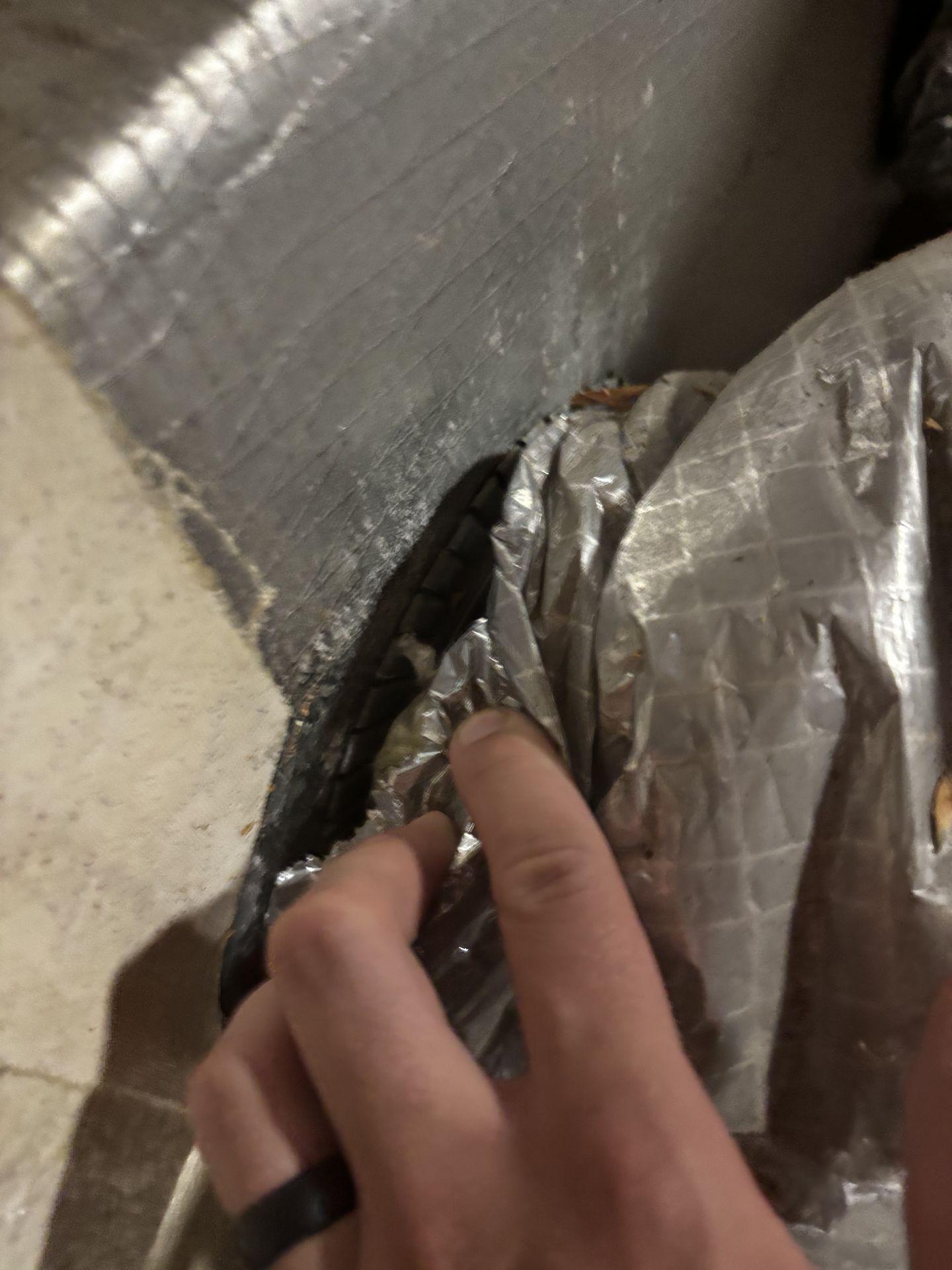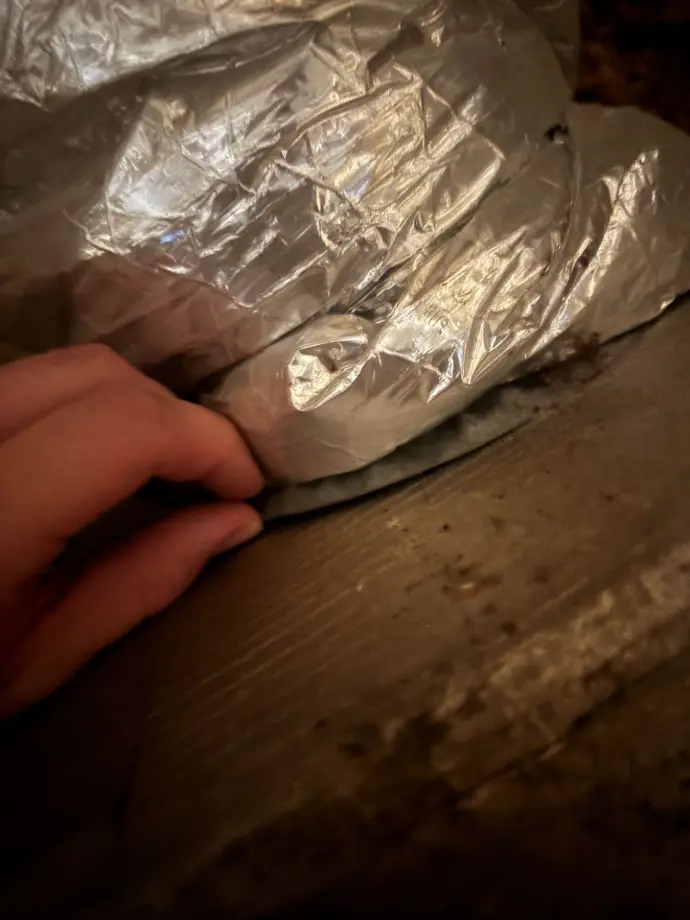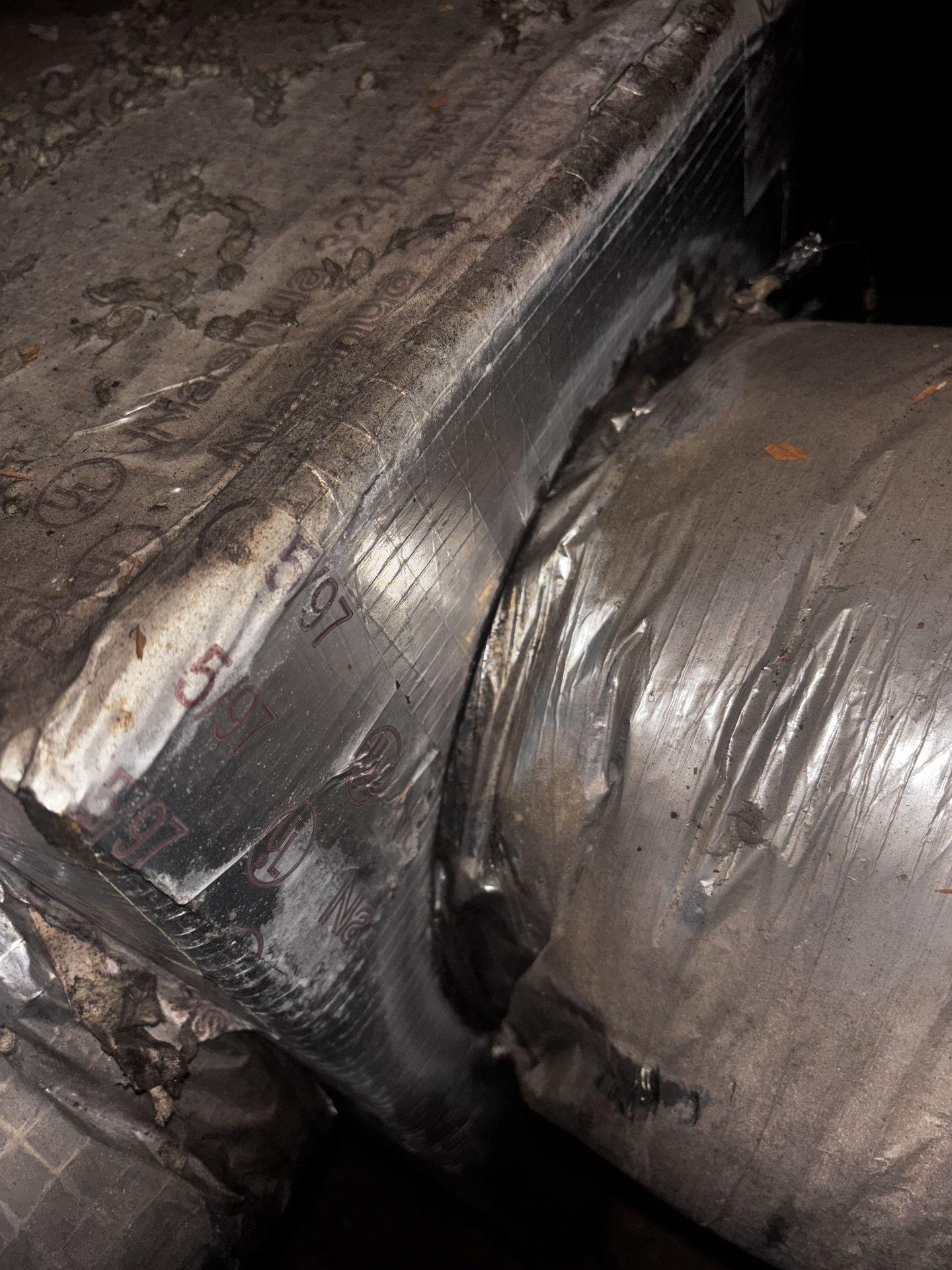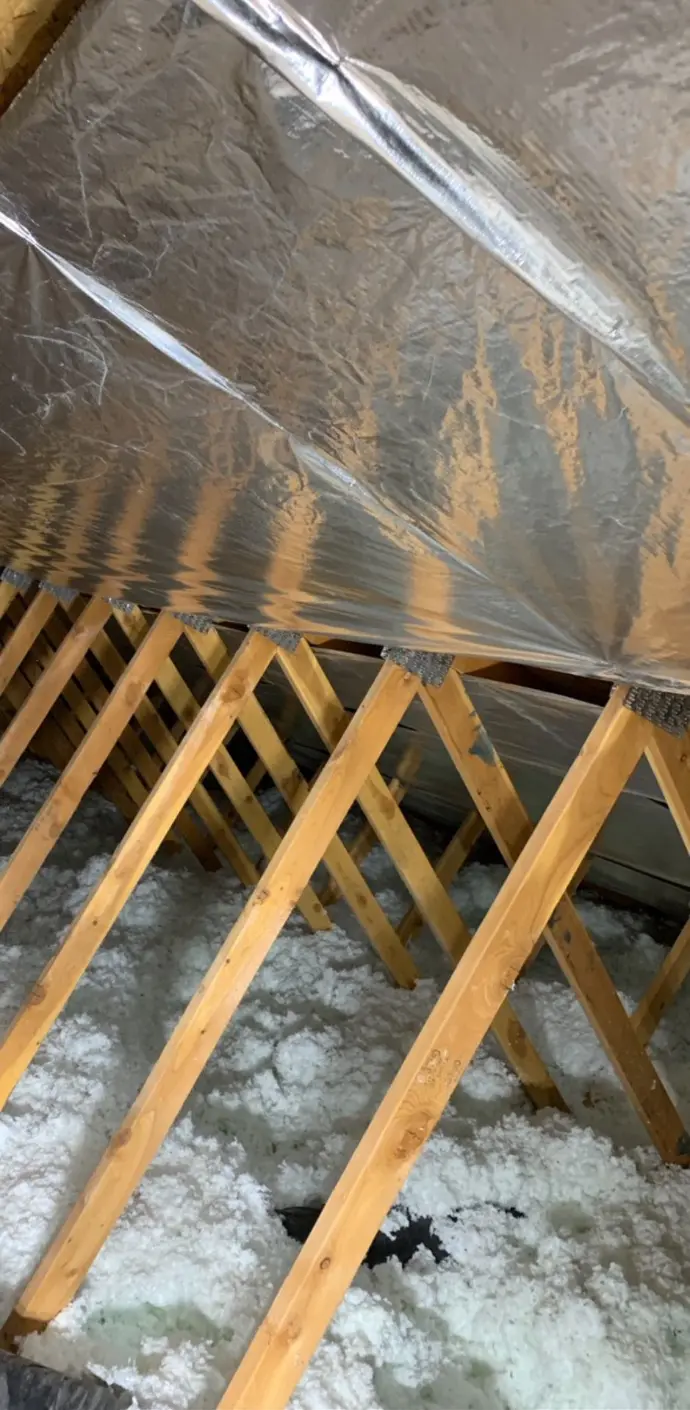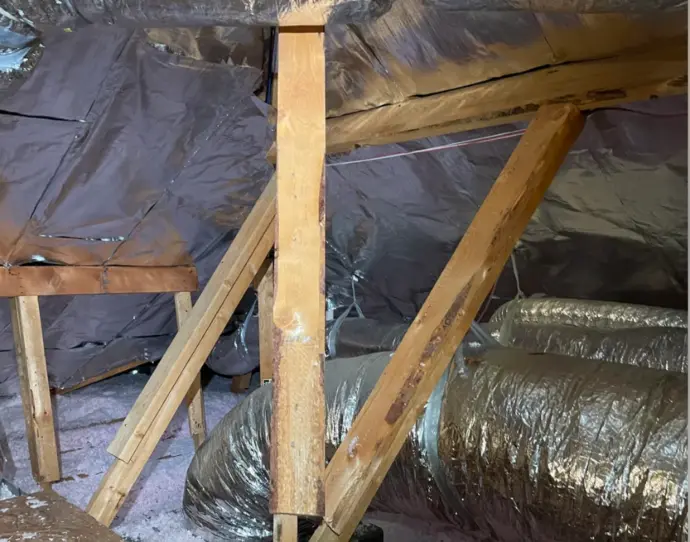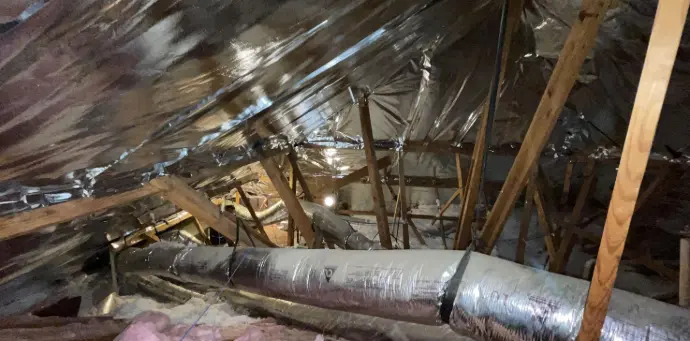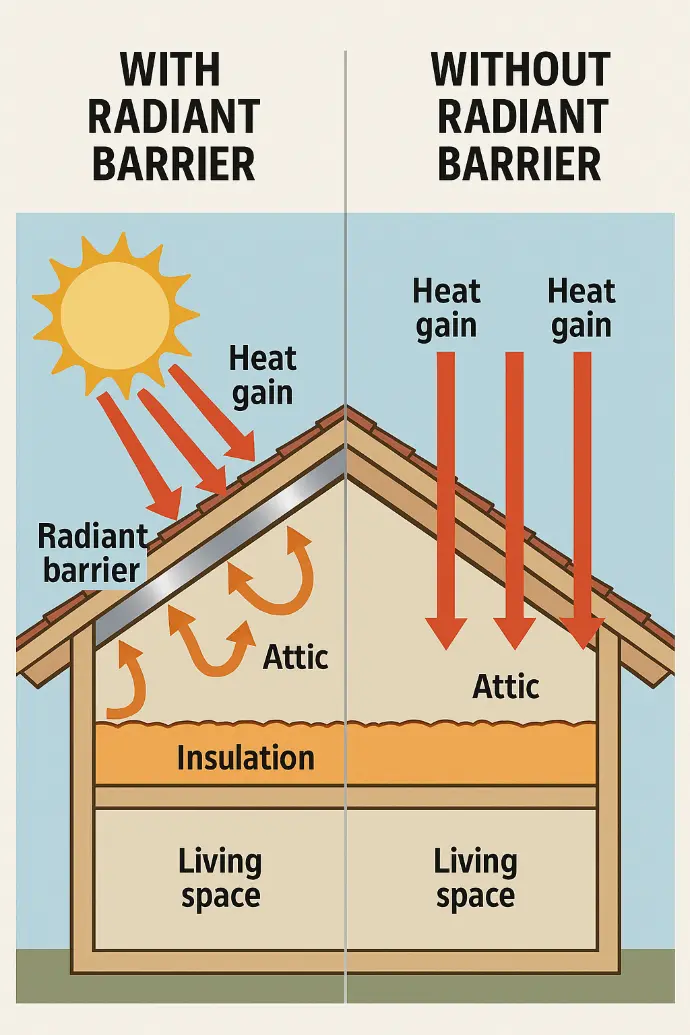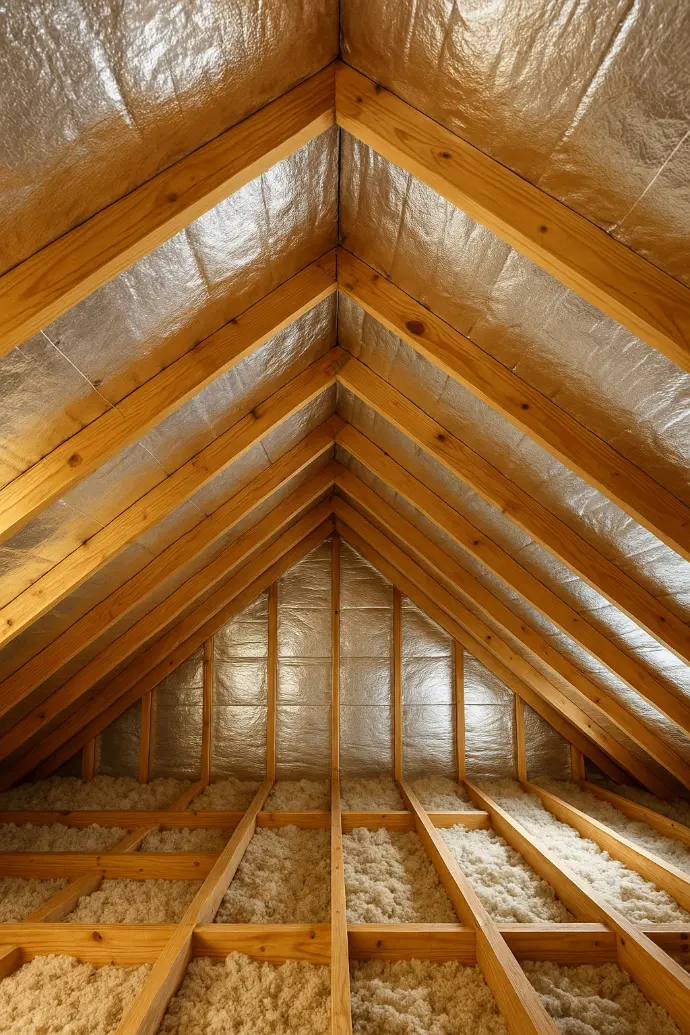Here to fix the problem, stayed for the price
Loose Fill Blow in Fiberglass
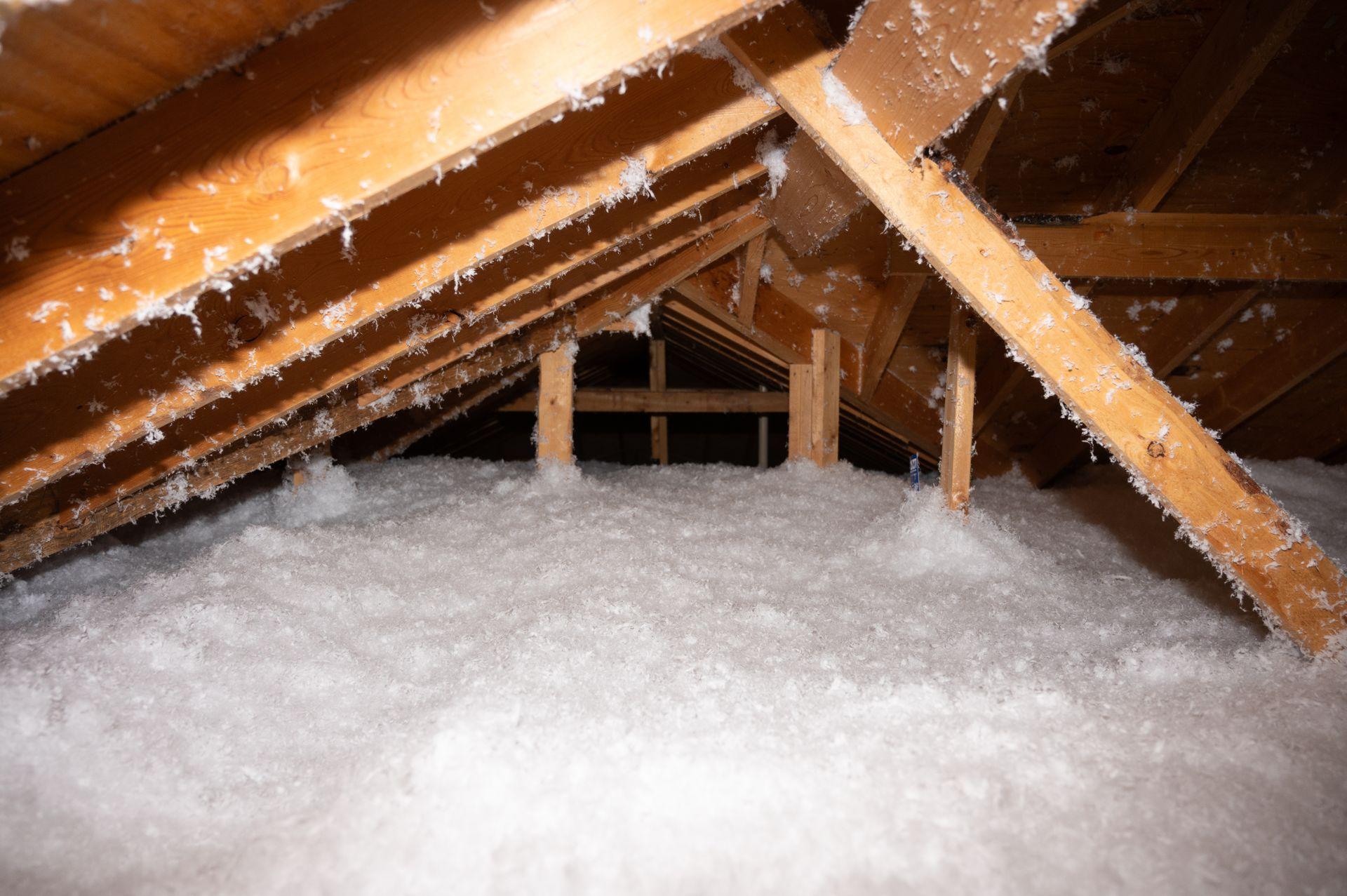
Blow in Fiberglass insulation
Blown-in fiberglass insulation is a type of loose-fill insulation made from tiny glass fibers. It is designed to be "blown" or "sprayed" into attics, wall cavities, or floors using a special blowing machine. This method allows for fast and efficient coverage, even in hard-to-reach or oddly shaped areas.
Blown-in fiberglass is commonly used in both new construction and retrofit projects, especially for improving energy efficiency and comfort in residential homes.
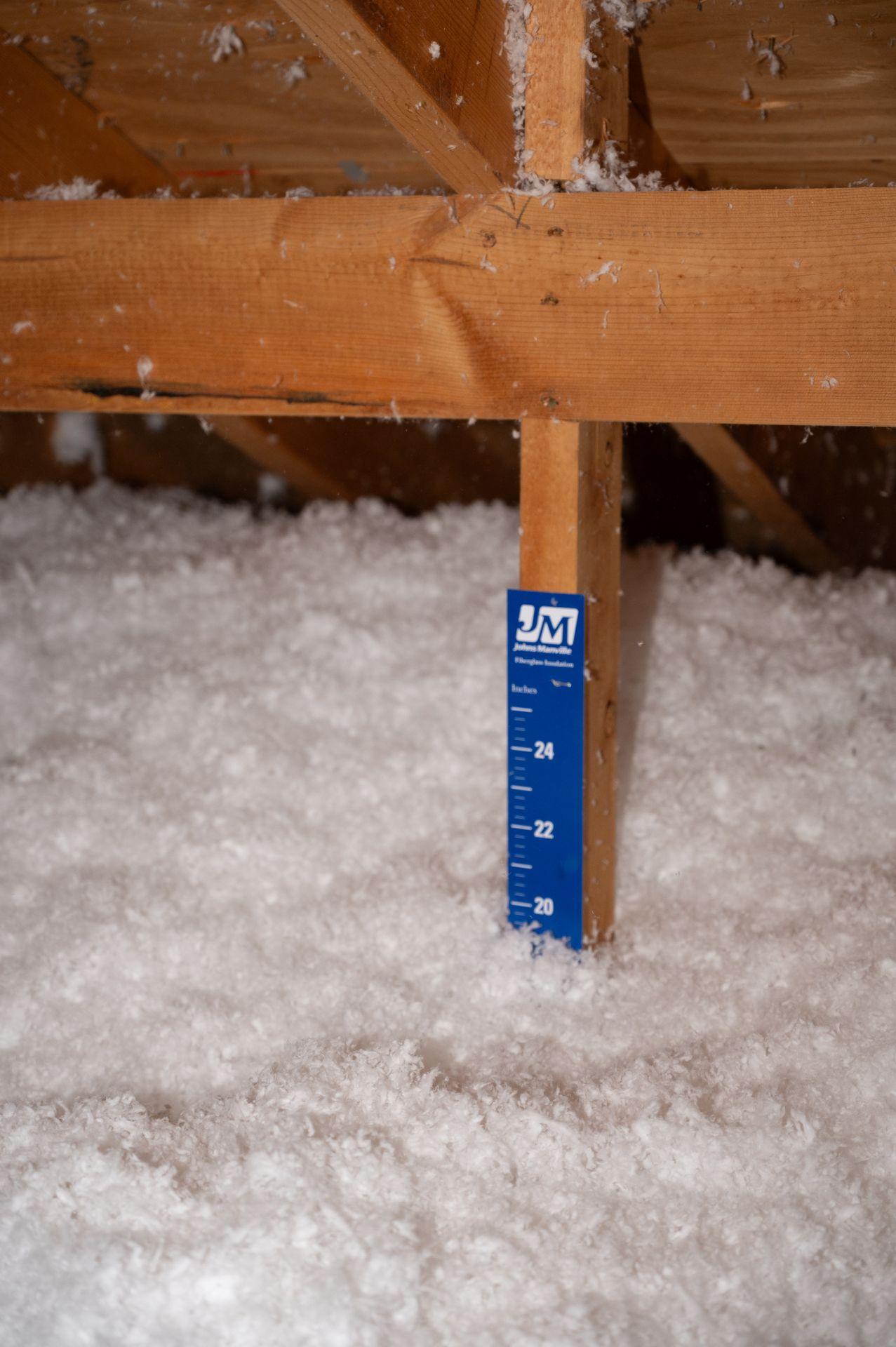
How much insulation should you have?
In south Texas you want to have an R value rating between an R:50 or an R:60
This translates over to 18-22 inches of insulation
Frequently asked questions
Before any rebates are applied it tends to cost between 1-4 dollars per square foot of the attic space insulated. This all depends on how much insulation is already in your home and how much insulation is being added but most often the cost is somewhere in the middle.
Yes!
Our service pros always make sure the attic can still be accessed and all necessary access points are open.
This will range depending on how much existing insulation you have prior to adding more and how much insulation you finish with. The range is between 10-50% the majority of homes realistically land in the middle.
Remington Solar
Solar Attic Fans

Remington Solar fans
We install the highest quality Attic fans money can buy!
Remington solar fans offer brushless motors and are the only attic fan on the market with a lifetime warranty
Why a solar attic fan
Lowers Attic Temperatures
During the summer, attic temperatures can reach 130–180°F or more. This heat radiates down into your home, forcing your air conditioner to work harder. A solar attic fan pulls that hot air out, helping to lower the attic temperature by as much as 30-50°F.
Reduces Energy Costs
By cooling your attic, solar fans help your AC run more efficiently, which can lead to significant savings on energy bills — especially in hot climates. Some homeowners see a 10–25% reduction in cooling costs.
No Operating Costs
Because they’re powered by the sun, solar attic fans cost nothing to run. Once installed, they provide ventilation for free, all year round.
Extends Roof Life
Excessive heat and trapped moisture in the attic can cause roofing materials to break down over time. By improving airflow, a solar fan helps prevent shingle damage, wood rot, and mold, extending the life of your roof.
Helps Prevent Moisture Build-Up
Even in winter, warm air rising from the home can condense in the attic and lead to mold or mildew. A solar fan keeps air circulating, which helps reduce humidity and moisture-related damage.
Qualify for Tax Credits
Because they contribute to energy efficiency our solar attic fans qualify for federal tax credits covering 30% of the installation cost.
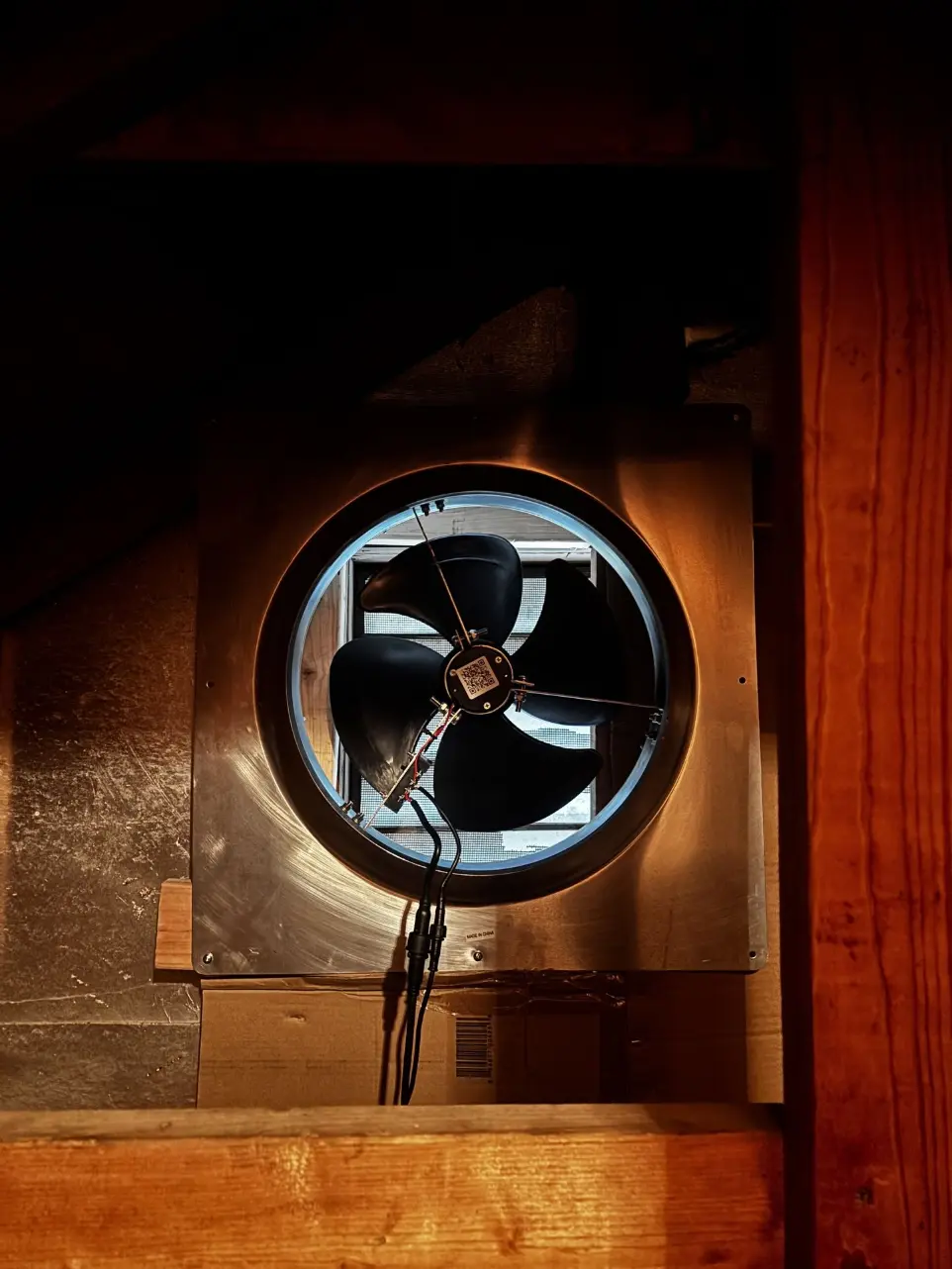
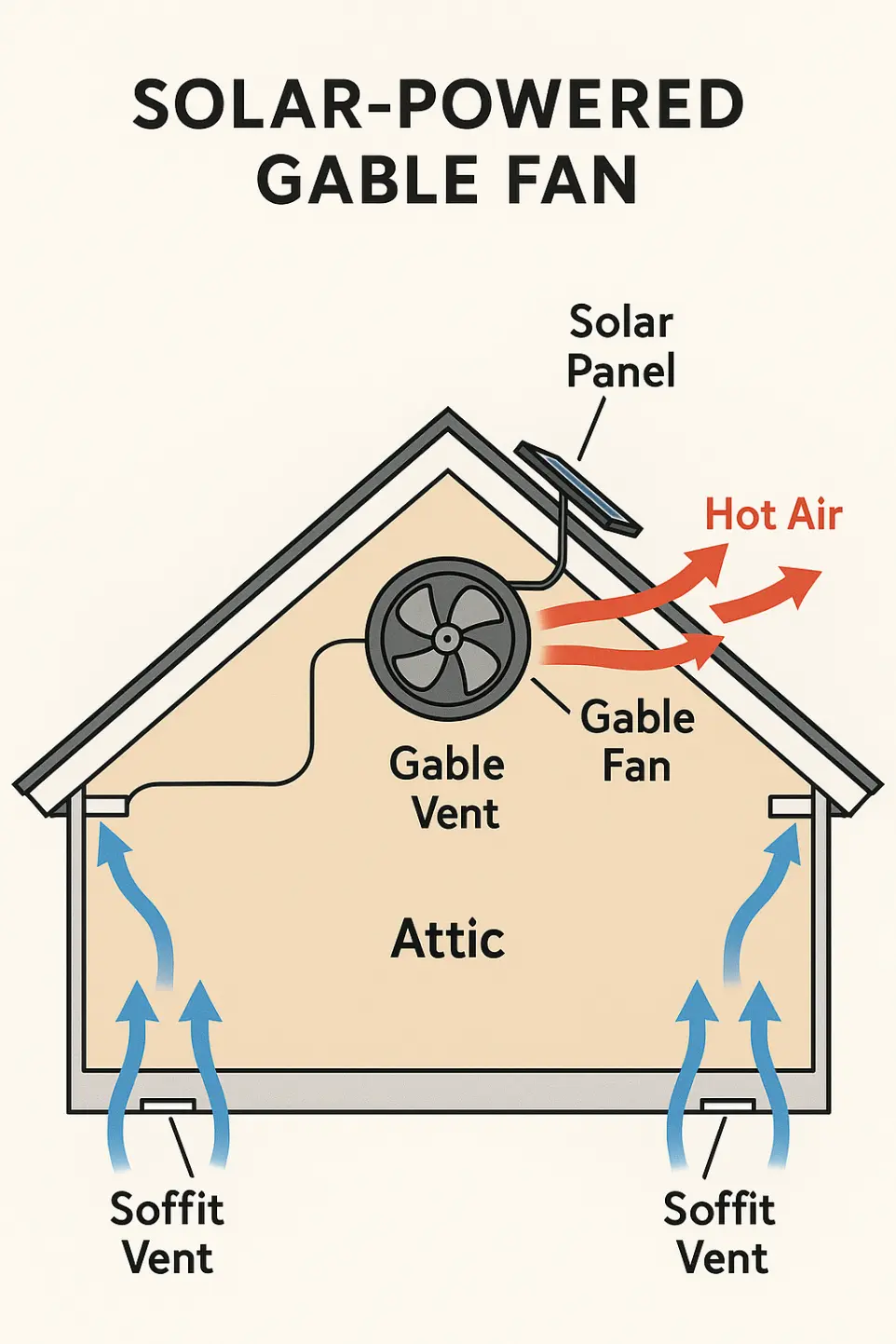


Energy Audit
Where we start
Each home is unique problems to solve when looking to increase energy efficiency. The very best place to start is what a home energy audit. In these inspections we are able to assess what the home needs and what rebates the home qualifies for. After the home has been assessed our trained professionals will sit down with you and in detail explain what was found and the solution that is needed and then give an in depth breakdown of the cost of the work and the federal and local incentives that apply to their individual home.


Air Sealing
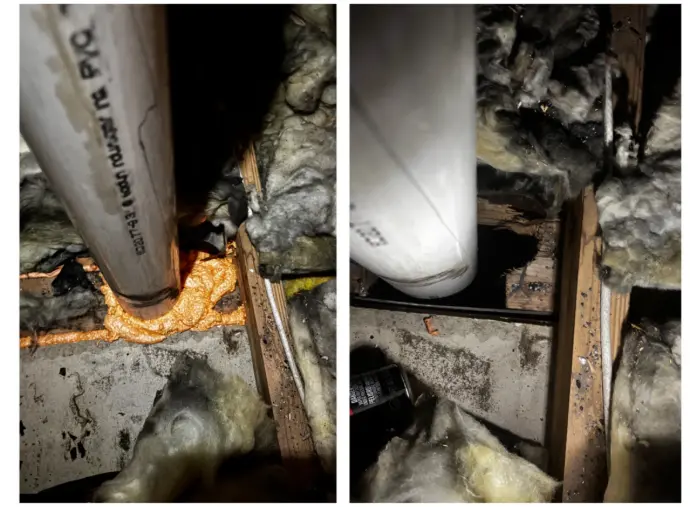
What is Air Sealing
Air sealing is the process of closing up gaps, cracks, and holes in an attic to prevent unwanted airflow between the attic and the living areas below. It stops conditioned air from escaping in winter and hot attic air from leaking in during summer.
What It Actually Does
Blocks Air Leaks
Seals holes around light fixtures, plumbing vents, HVAC ducts, chimneys, and top plates.
Prevents warm indoor air from rising and escaping into the attic in winter — a process known as the stack effect.
Improves Energy Efficiency
Reduces the amount of heating or cooling your home needs by keeping indoor air where it belongs.
Works hand-in-hand with insulation. Insulation slows heat transfer, but air sealing stops airflow.
Protects Insulation
Stops air movement that can carry moisture into the insulation.
Prevents dust and dirt from being blown into insulation, which can reduce its effectiveness over time.
Improves Indoor Comfort
Eliminates drafts and temperature swings between rooms or floors.
Helps keep your home warmer in the winter and cooler in the summer.
Reduces Moisture and Mold Risk
Keeps humid air out of the attic, reducing condensation and the potential for mold or wood rot.
How much energy can it save you?
Anywhere between 5-15%
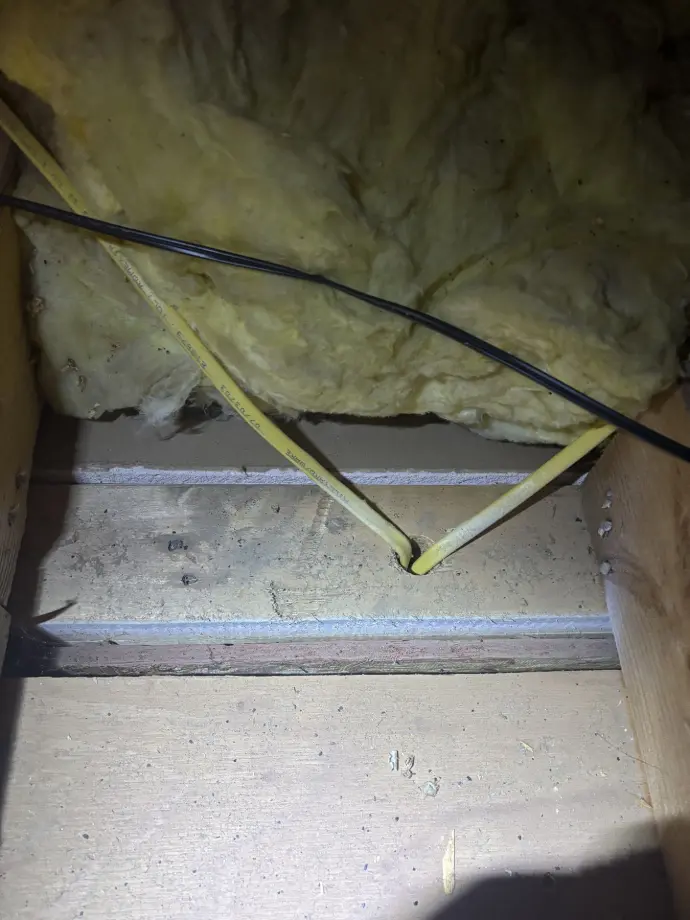
Un sealed top plate
The top plate of the wall is the top of a wall that is exposed to the attic.
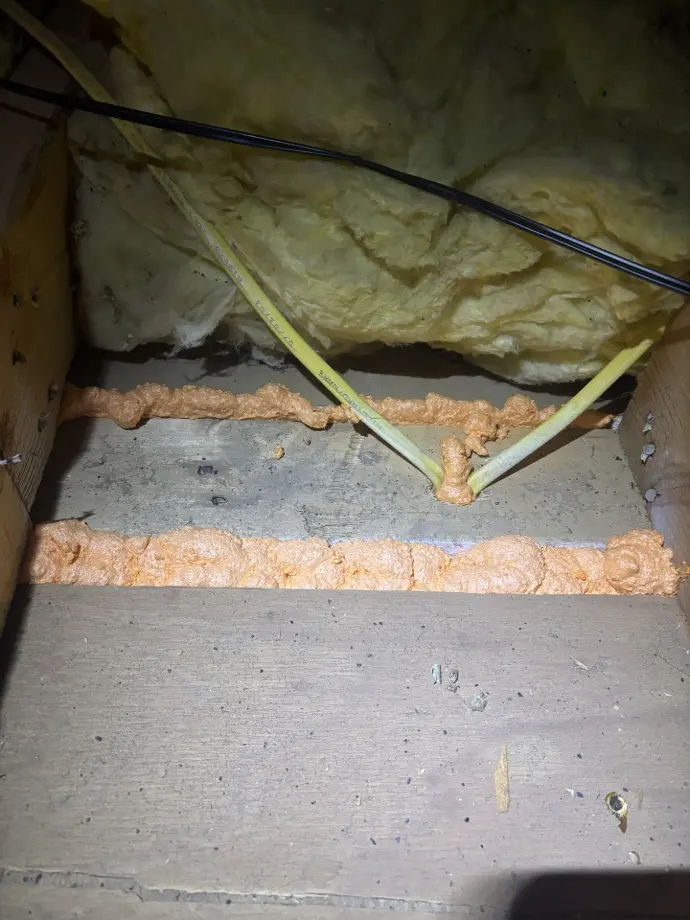
Top plate after Air sealing
Foam sealing makes your walls air tight and prevents air transfer
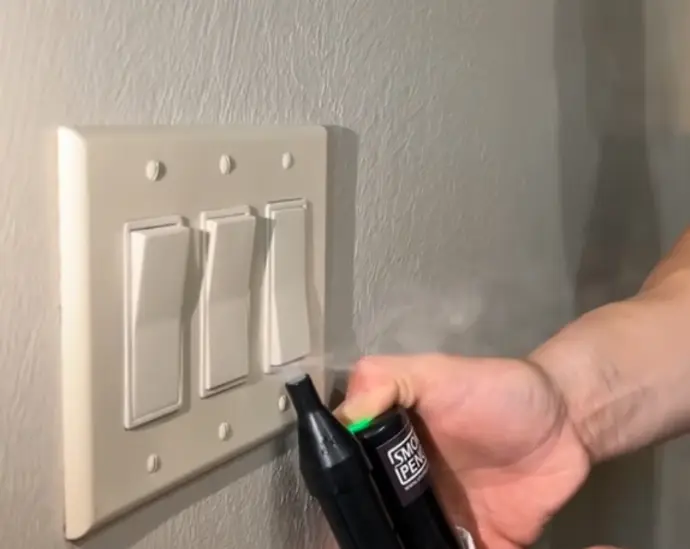
This air loss is even visible!
Running a blower door test you can see how much your home really does leak
HVAC Duct Work
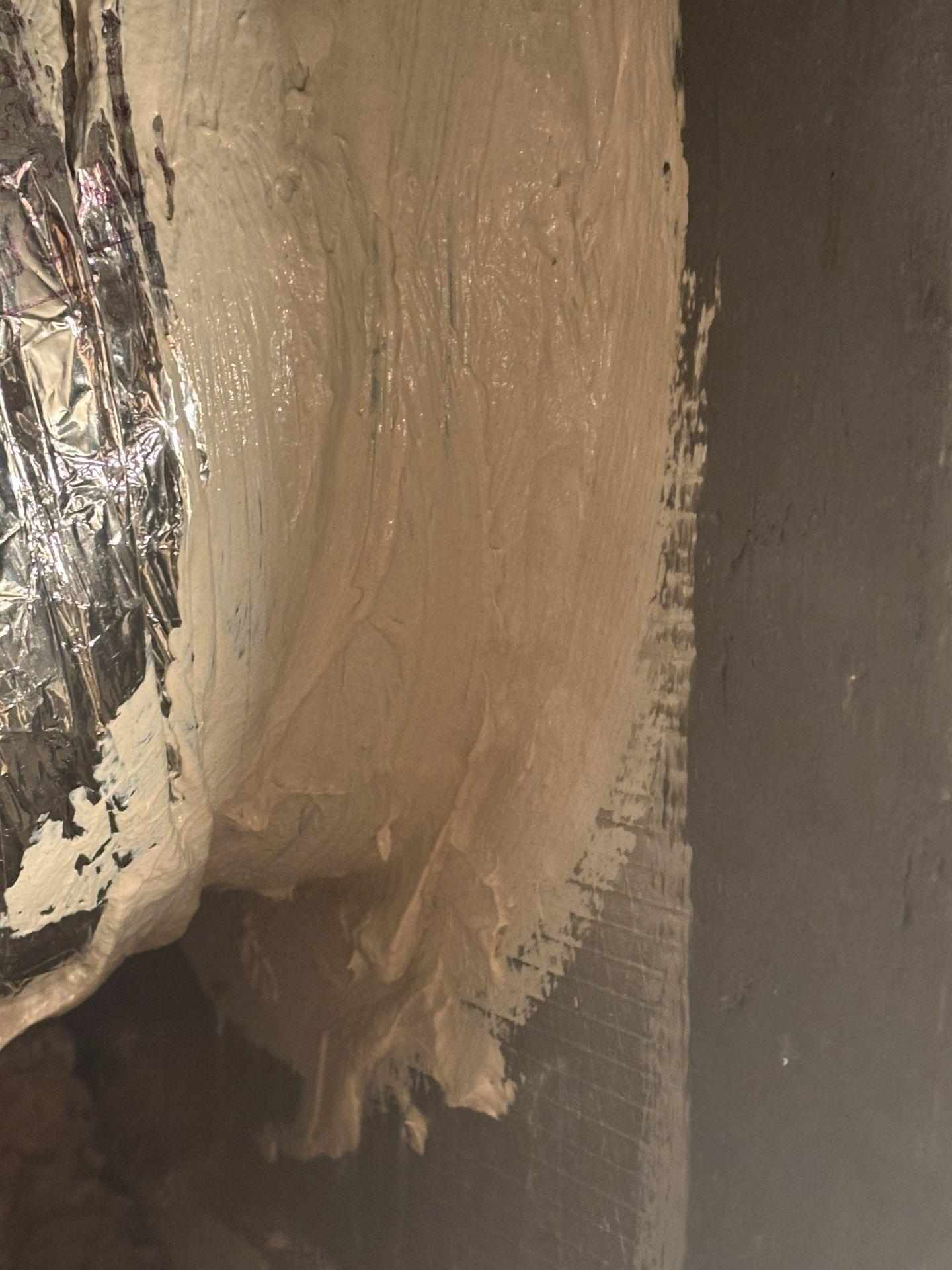
What is Duct Sealing & Why It's Important
Duct sealing is the process of closing up leaks and gaps in your home’s ductwork — the system of tubes that carries heated or cooled air from your HVAC system to each room.
Advantages of duct sealing
why its a problem
Radiant Barrier

What Is a Radiant Barrier?
A radiant barrier is a special type of reflective insulation — usually made from a foil material — that is installed in the attic, typically under the roof. Its job is to reflect heat away from your home, instead of letting the heat soak in.
Why Texas Homes Need Radiant Barriers
Keeps the Attic Cooler
In hot weather, your roof absorbs a lot of heat from the sun. Without a radiant barrier, that heat radiates into the attic and down into your home. A radiant barrier can reflect up to 97% of that heat, keeping the attic much cooler.
Lowers Cooling Costs
By reducing attic temperatures, your AC doesn’t have to work as hard to cool your home. This can lead to lower energy bills — especially in sunny, hot climates.
Improves Comfort
With less heat entering your home from above, you get more stable indoor temperatures, fewer hot spots, and better overall comfort.
Protects Your Insulation
Less heat in the attic also means your existing insulation works better and doesn’t get overheated or degraded over time.
Simple, Passive, Effective
- No moving parts
- Maintenance-free
- Works year-round (especially in summer)
- Installed once, benefits for decades
Energy savings from radiant barrier
In hot, sunny climates 5-20%
In moderate climates 4-10%
Our satisfied clients
We are your insulation experts.
